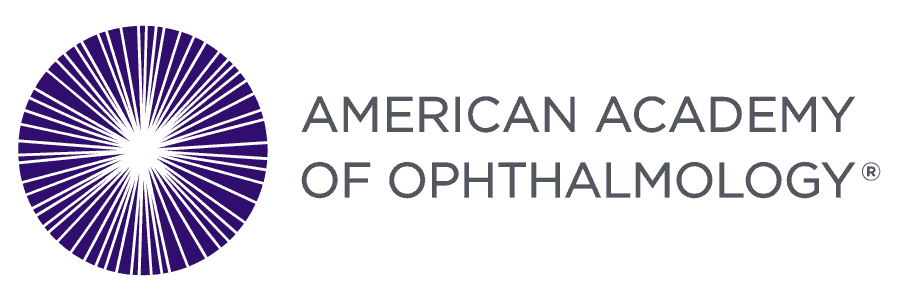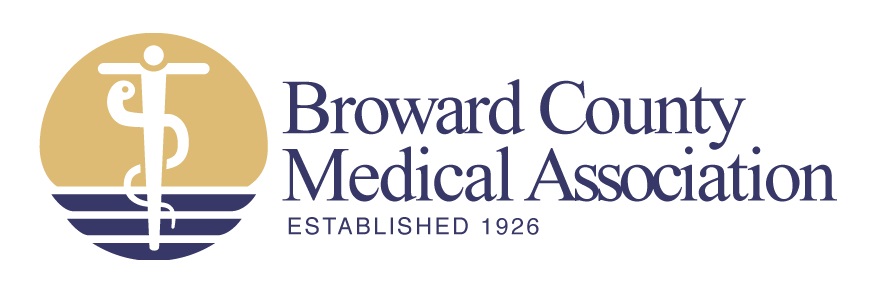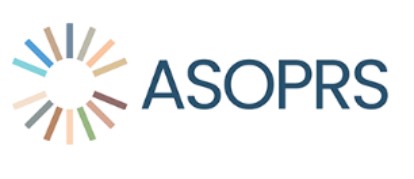If you’re considering laser eye surgery to improve your vision, you’ll likely come across two popular options: LASIK and PRK. Both procedures are designed to correct refractive vision issues like nearsightedness, farsightedness, and astigmatism, offering a way to reduce or eliminate the need for glasses or contact lenses. However, each surgery has distinct differences, and choosing the right one for you depends on factors such as your eye health, lifestyle, and recovery preferences.
We’ll explain the key differences between LASIK and PRK, highlight their benefits, and help you decide which laser eye surgery may be the best fit for your vision needs.
What Is LASIK Surgery?
LASIK (Laser-Assisted in Situ Keratomileusis) is one of the most well-known and commonly performed laser eye surgeries. The procedure involves using a laser to create a thin flap in the cornea (the clear outer layer of the eye). This flap is then folded back, allowing the surgeon to reshape the underlying corneal tissue precisely.
By reshaping the cornea, LASIK allows light entering the eye to focus more accurately on the retina, improving vision clarity. The corneal flap is then repositioned, and the healing process is rapid, typically leading to improved vision within a few days.
Benefits of LASIK:
• Quick recovery: Most patients notice significant improvements in vision within 24 to 48 hours.
• Minimal discomfort: With the flap already in place, the recovery process is generally painless and doesn’t require bandages
• Precision and customization: LASIK can be tailored to the unique structure of your eyes, offering excellent results for a wide range of vision issues.
Ideal Candidates for LASIK:
• Individuals with mild to moderate nearsightedness, farsightedness, or astigmatism.
• Those who have had a stable prescription for at least one year.
• Patients with sufficient corneal thickness to allow for the creation of a flap.
What Is PRK Surgery?
PRK (Photorefractive Keratectomy) is one of the earliest laser vision correction procedures and remains a highly effective method for improving vision. Unlike LASIK, PRK doesn’t involve creating a corneal flap. Instead, the outermost layer of the cornea (the epithelium) is carefully removed, and the underlying corneal tissue is reshaped using a laser.
The epithelium eventually regenerates over time, making PRK a slower recovery process compared to LASIK. While PRK requires more time to heal, it offers a safe and effective option for patients who may not be suitable candidates for LASIK.
Benefits of PRK:
• No flap risk: Since PRK doesn’t involve creating a corneal flap, there’s less risk of complications related to flap displacement or issues caused by trauma to the eye.
• Good for thin corneas: People with thinner corneas or certain eye shapes that make LASIK difficult are often better suited for PRK.
• Long-term effectiveness: Once healed, the results of PRK are comparable to LASIK in terms of improved vision and long-lasting effects.
Ideal Candidates for PRK:
• Those with thinner corneas or irregular corneal shapes.
• Patients with an active lifestyle or professions where there’s a higher risk of eye injury (e.g., athletes, military personnel).
• Individuals who have dry eyes or other conditions that may make LASIK less effective.
Key Differences in Recovery Time
One of the most significant differences between LASIK and PRK is the recovery time.
LASIK Recovery: The recovery period for LASIK is relatively fast. Most patients experience minimal discomfort and can resume normal activities, including work and driving, within a day or two. Vision improves rapidly, and any discomfort typically subsides within a few hours.
PRK Recovery: While PRK is highly effective, the recovery process is slower. Since the outer layer of the cornea needs time to regenerate, patients typically experience more discomfort in the first few days after the procedure. Vision may be blurry for several days to weeks, with full recovery taking up to a month or more. During this time, a protective contact lens is worn over the eye to aid healing and comfort.
Which Surgery is Right for You?
Ultimately, the decision between LASIK and PRK comes down to your specific needs, eye structure, and lifestyle preferences. Here are some factors to consider:
• If you have thin corneas or an irregular corneal shape, PRK may be the better option.
• If you’re looking for a faster recovery time, LASIK is the clear choice, offering near-immediate visual improvements.
• If you have an active lifestyle or are at risk of eye injury, PRK’s flap-free approach may provide more peace of mind.
• If you’re experiencing dry eyes, LASIK may worsen this condition, making PRK a better alternative.
Both LASIK and PRK have helped millions of people achieve clearer vision and reduce their reliance on glasses and contact lenses. The right choice for you depends on your individual eye health, personal preferences, and the type of lifestyle you lead. Consulting with an experienced ophthalmologist is the best way to determine which surgery is the most suitable for your unique needs.
Whether you choose LASIK for its quick recovery and minimal discomfort or PRK for its suitability for certain eye conditions, both procedures offer life-changing benefits that can improve your quality of life.
Are you ready to take the next step toward clearer vision? Schedule a consultation with our qualified surgeons to learn more about LASIK and PRK and find out which procedure is right for you!






